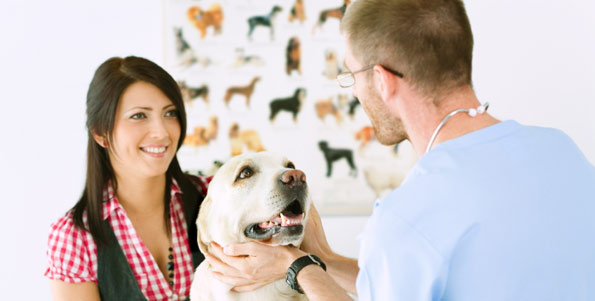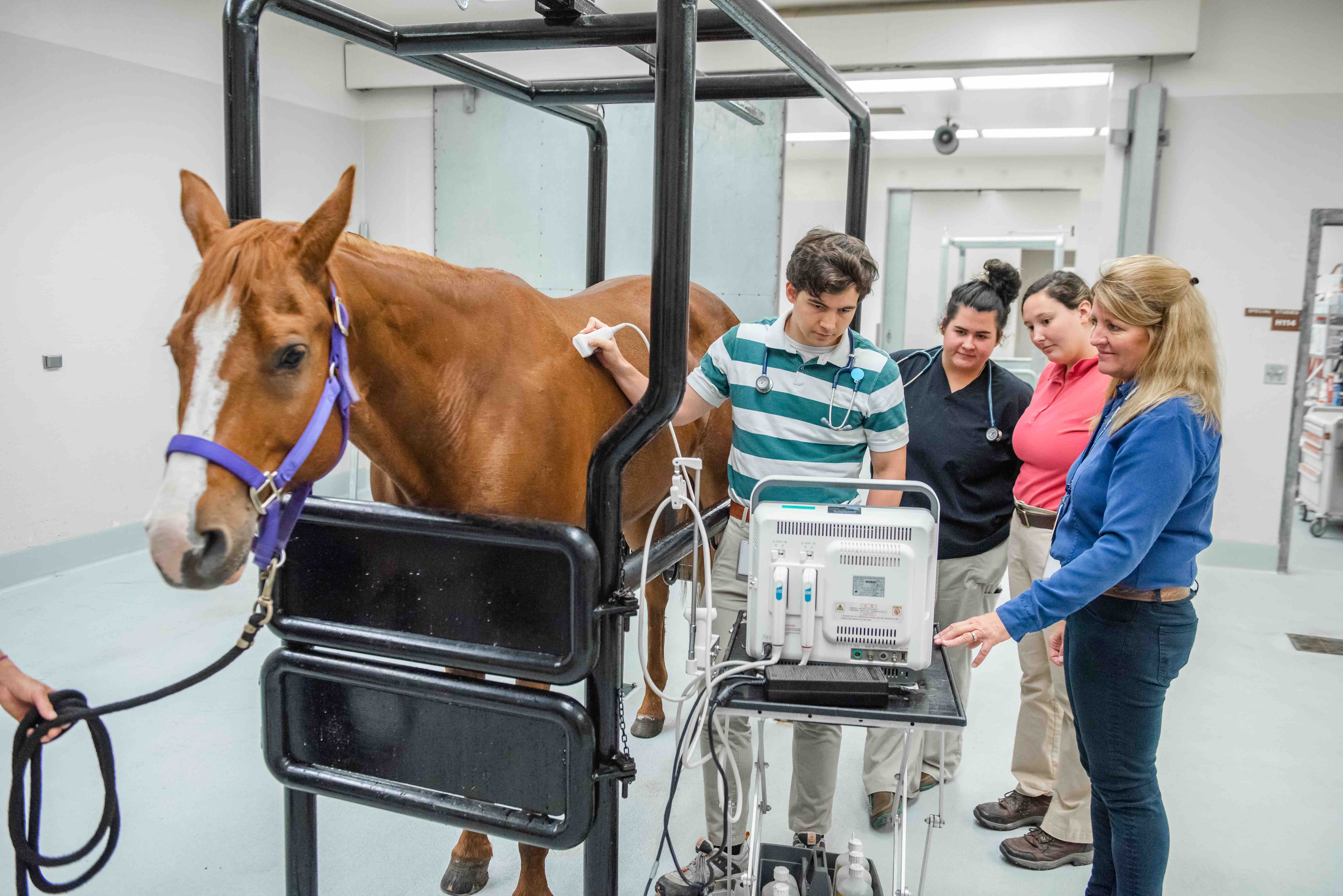Top 5 Life-Threatening Pet Issues That Require an Immediate emergency vet Visit
Top 5 Life-Threatening Pet Issues That Require an Immediate emergency vet Visit
Blog Article
Everything About Vet Surgical Procedure: Understanding the Value of Professional Treatment for Your Family pets
Vet surgical treatment is an essential component of pet health care. It encompasses various procedures, from routine optional surgical procedures to urgent treatments. Recognizing the ins and outs of these surgeries can help animal owners make educated choices. The preparation, implementation, and recovery stages are vital for making sure the health of pets. With proper understanding, proprietors can browse the intricacies of veterinary care. What aspects should be thought about before a pet undergoes surgical procedure?
Kinds Of Veterinarian Surgeries
When a family pet calls for medical intervention, understanding the different types of veterinarian surgeries can help pet proprietors make informed choices. Veterinary surgical procedures can be broadly classified right into three main kinds: elective, immediate, and emergency situation surgeries. Optional surgical procedures, such as spaying or neutering, are intended procedures that are not promptly serious. Urgent surgical procedures, like those for foreign body elimination, should be done soon however are not serious in the moment. Emergency surgeries, such as those attending to extreme injury or interior bleeding, are important and need immediate attention.Additionally, surgical treatments can vary in complexity, ranging from minimally intrusive laparoscopic procedures to much more extensive open surgical procedures. Each kind of surgery lugs its own dangers and recuperation procedures. Recognizing these categories permits family pet proprietors to involve in purposeful discussions with veterinarians, causing much better results for their beloved family pets.
Planning for Your Pet's Surgical procedure
Planning for a pet's surgical procedure involves a thorough checklist to ensure all basics are covered. Efficient interaction with the vet is vital for comprehending the procedure and any kind of needed pre-operative steps - emergency vet bellingham. Additionally, having clear post-operative treatment guidelines will certainly help proprietors give the very best assistance for their recovering family pets
Pre-Surgery Checklist Basics
Assuring a smooth medical experience for a pet requires careful preparation and interest to detail. A pre-surgery checklist is essential for pet proprietors to comply with. First, confirming the scheduled surgical procedure date and time is essential. Proprietors need to likewise verify that their pet has actually not eaten according to the veterinarian's directions, commonly for 8-12 hours before surgical treatment. Gathering required clinical records, consisting of vaccination background, is essential for the veterinarian's testimonial. It is additionally a good idea to prepare a comfy room in your home for the family pet's recovery after surgery. Lastly, proprietors need to have a strategy for transport to and from the veterinary center, seeing to it that the animal is protected and comfy throughout the trip. Adhering to these steps can significantly boost the medical experience.
Connecting With Your Veterinarian

Efficient communication with the veterinarian is important for a successful surgical experience for pet dogs. Proprietors must be prepared to discuss their pet's case history, consisting of any type of pre-existing conditions, drugs, and allergic reactions. This information assists the veterinarian examine dangers and customize the medical strategy as necessary. Additionally, animal owners ought to ask inquiries pertaining to the treatment, anesthetic, and anticipated outcomes to guarantee they totally recognize the procedure. Clearing up any doubts can relieve anxiety for both the pet and the owner. It is likewise crucial to interact any type of behavior changes or problems observed in the pet leading up to the surgery. Inevitably, clear dialogue promotes depend on and partnership, guaranteeing that pets obtain the most effective possible care throughout their surgical trip.
Post-Operative Treatment Instructions
After talking about the operation with the veterinarian, animal proprietors need to focus on post-operative treatment guidelines to help with a smooth recuperation for their animals. These instructions normally consist of keeping an eye on the surgical website for indications of infection, such as redness or discharge. Animals might require to be kept tranquil and confined to stop too much motion that could interrupt recovery. Discomfort monitoring is vital, so proprietors need to comply with the vet's assistance on carrying out medications. In addition, nutritional restrictions might be encouraged to avoid stomach upset. Regular follow-up appointments are necessary to assure proper recovery and attend to any worries. By adhering to these post-operative treatment instructions, pet proprietors can substantially add to their pet's recovery and overall well-being.
The Surgery Explained
The medical process for family pets includes essential steps that ensure their security and healing. Pre-surgery prep work are important for reducing dangers, while post-operative treatment guidelines play a vital duty in advertising recovery. Recognizing these components aids pet dog owners navigate the medical experience better.
Pre-Surgery Preparations
Prior to an animal undertakes surgical treatment, numerous vital prep work need to occur to ensure a anonymous safe and successful treatment. Initially, an extensive veterinary evaluation is important to assess the family pet's overall health and recognize any type of prospective dangers. This may consist of blood tests, imaging, or various other diagnostics. The vet will also go over anesthetic choices customized to the pet's certain needs. Additionally, pet dog proprietors are typically instructed to hold back food and water for a defined time prior to surgery to lessen the danger of complications during anesthetic. It is essential for proprietors to supply a full case history, consisting of any type of medications or allergic reactions, ensuring the medical team has all needed details. Correct interaction and adherence to pre-surgery guidelines can significantly boost the outcome of the procedure.
Post-Operative Care Guidelines
Proper post-operative treatment is vital for guaranteeing a pet's healing adhering to surgical treatment. After the treatment, family pets need to be checked very closely for any type of signs of complications, such as excessive bleeding, swelling, or unusual behavior. It is essential to adhere to the vet's guidelines relating to medications, including painkiller and prescription antibiotics. Pets must be kept in a peaceful, comfortable environment to decrease stress and anxiety and advertise healing. Limiting activity is important; short, leashed walks might be needed, yet jumping or running need to be stayed clear of. Normal follow-up appointments must be scheduled to evaluate the recovery process. Additionally, the medical website needs to be maintained tidy and dry, with any indicators of infection reported to a veterinarian without delay. Sticking to these standards improves healing outcomes.
Anesthetic and Discomfort Administration
Efficient anesthesia and discomfort monitoring are important components of veterinary surgery, making certain that pet dogs stay comfy and safe throughout the procedure. Vets evaluate each pet's private needs, taking into account aspects such as age, weight, health and wellness status, and the kind of surgical procedure being performed.Anesthesia methods usually include a combination of pre-anesthetic medications, induction representatives, and inhalant anesthetics, permitting precise control over the pet's degree of consciousness. Tracking during surgery is crucial; veterinarians continuously observe vital signs to resolve any possible problems promptly.Pain monitoring methods may include opioids, non-steroidal anti-inflammatory drugs (NSAIDs), and neighborhood anesthetics, customized to the pet's specific situation. This diverse strategy helps decrease discomfort and promotes a smoother medical experience. By focusing on effective anesthesia and discomfort monitoring, veterinary specialists improve the overall welfare of family pets going through procedures, guaranteeing they obtain the highest requirement of treatment.
Post-Operative Treatment and Recovery
Adhering to surgical procedure, the focus shifts to post-operative care and recovery, which is vital for making sure a pet dog's safe return to typical activities. Throughout this duration, pet dogs need a peaceful, comfortable environment to aid recovery. Owners ought to carefully check their animals for any type of indicators of pain or uncommon behavior.Veterinary guidelines often include certain guidelines connected to medication administration, wound treatment, and dietary adjustments. It is vital to follow these recommendations to minimize complications and promote recovery. Family pets may require to be restricted from vigorous activities, such as running or jumping, throughout their recovery period (emergency vet bellingham).Regular follow-up visits with the vet enable tracking what does a vet do of the animal's progression and timely modifications to the care plan. Supplying emotional assistance and companionship can also improve an animal's healing experience, aiding to ease anxiety and anxiousness. On the whole, attentive post-operative care plays a substantial function in accomplishing a successful healing
Identifying Problems After Surgical Treatment
How can pet dog owners identify complications after surgical procedure? Awareness of particular indications is crucial for making sure complete veterinary care the well-being of animals during recovery. Typical indicators consist of too much swelling, redness, or discharge at the surgical site, which might symbolize infection. Additionally, relentless pain, indicated by yawping or reluctance to move, must prompt immediate attention. Changes in cravings or water intake can likewise indicate issues; a reduction in these actions might signal discomfort or distress.Moreover, pet proprietors should monitor their pet dogs for any uncommon actions, such as sleepiness or trouble breathing, as these can be indicators of major problems. Throwing up or looseness of the bowels adhering to surgical treatment might require immediate veterinary analysis. Recognizing these problems early can significantly impact a pet dog's recovery procedure, emphasizing the significance of vigilance and timely communication with a veterinarian for any type of concerning signs.
The Duty of Veterinary Experts in Surgical Care
Veterinary experts play an essential role in guaranteeing the safety and security and success of surgeries for animals, especially following surgical procedure when checking and care are vital. These professionals include veterinarians, veterinary professionals, and assistance team, every one of whom contribute specialized skills to the surgical process.Before surgical procedure, veterinarians perform comprehensive analyses to evaluate the animal's health, ensuring that any kind of hidden conditions are handled. Throughout the procedure, the surgical group gives anesthesia, preserves sterilized environments, and keeps track of essential indications, very important for decreasing risks.Post-operative care is just as considerable; veterinary experts observe for problems, handle discomfort, and guide owners on recuperation practices. Their experience allows them to identify early indications of distress or infection, guaranteeing timely intervention. Eventually, the collective initiatives of veterinary professionals in surgical care cultivate a secure atmosphere, promoting the well-being of family pets throughout the surgical journey.

Frequently Asked Inquiries
Just how Do I Pick the Right Vet Cosmetic Surgeon for My Pet dog?
Picking the right veterinary doctor includes investigating qualifications, checking out testimonials, and evaluating the clinic's setting. It is necessary to review the specialist's experience with details treatments and their communication design when making a decision.
What Are Usual Misconceptions About Vet Surgeries?
Typical misconceptions about vet surgical procedures consist of ideas that they are constantly high-risk, unneeded, or for emergencies. Many family pet owners ignore the advantages of preventive treatments and the skill associated with veterinary medical care.
How Much Will My Family pet's Surgical treatment Expense?
The price of a family pet's surgery can differ significantly based upon aspects such as the kind of treatment, the veterinarian's experience, and geographic area (emergency vet). Usually, expenses range from a couple of hundred to several thousand bucks

Can My Animal Consume Before Surgery?
Before surgical procedure, it is normally recommended that pet dogs avoid eating for a certain period. This fasting helps in reducing the threat of issues throughout anesthetic. Proprietors should consult their vet for exact guidelines tailored to their animal's requirements.
What happens if My Pet Dog Has Pre-Existing Health Conditions?
When a pet dog has pre-existing health problems, it's crucial for the vet to assess these variables prior to surgery. This evaluation guarantees proper preventative measures are taken, decreasing threats and enhancing the pet's general safety and security during the procedure.
Report this page